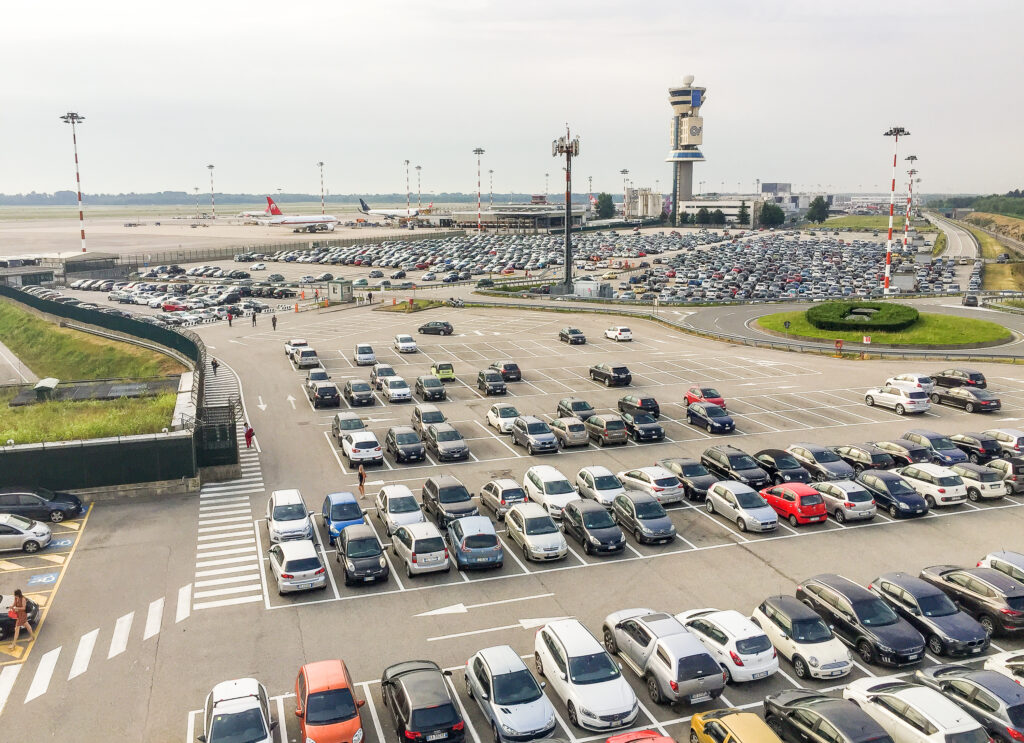Who Has the Right of Way in a Parking Lot?
May 27, 2024
William Cartwright
| Navigating Right of Way: Understanding Rules in Parking Lots |
Navigating a parking lot can feel like the Wild West of driving.
The rules aren’t as clear as on the open road, and drivers often find themselves wondering, “Who has the right of way here?”
Whether you’re rushing to grab a spot or carefully backing out, understanding the right of way in a parking lot is crucial for safety and avoiding those frustrating fender benders.
Understanding the Basics
First things first, let’s clarify what “right of way” means.
The right of way is essentially the legal right to proceed forward in a vehicle before other vehicles or pedestrians.
In parking lots, these rules can vary based on the layout, signs, and specific state or local laws. However, some general principles can help you navigate most situations.
Pedestrians Always Come First
One of the most important rules to remember in any parking lot is that pedestrians have the right of way.
It doesn’t matter if they’re crossing from their parked car to the store or walking along the lot’s main aisle; drivers must yield to them.
This is not just about courtesy; it’s a matter of safety and legal responsibility.
Why is this important?
- Safety: Pedestrians are more vulnerable than drivers. A minor collision that might just scratch a car could seriously injure a person.
- Legal Implications: Hitting a pedestrian, even at low speeds, can result in significant legal consequences, including fines and potential civil lawsuits.
Main Aisles vs. Parking Lanes
Parking lots typically have main aisles that lead to entrances and exits, and smaller parking lanes where cars are parked. Understanding which has the right of way is key to smooth navigation.
- Main Aisles: These are the primary thoroughfares in a parking lot. Cars driving in main aisles generally have the right of way over those in parking lanes. This is because main aisles are designed for through traffic, while parking lanes are meant for entering or leaving parking spots.
- Parking Lanes: When you’re in a parking lane, you must yield to traffic in the main aisles. Think of it like merging onto a highway from an on-ramp; you need to wait for a safe gap before proceeding.
Entering and Exiting Parking Spaces
Another common scenario where right of way comes into play is when entering or exiting a parking space. Here’s what you need to know:
- Exiting a Parking Space: If you’re backing out of a parking space, you must yield to all other traffic. Drivers in the main aisles and parking lanes have the right of way. It’s your responsibility to ensure it’s safe to back out.
- Entering a Parking Space: When pulling into a parking space, be aware of pedestrians and other cars. If someone is backing out as you approach, give them the space to do so safely.
Intersection Rules in Parking Lots
Parking lots often have their own mini-intersections where main aisles and parking lanes cross. These intersections can be confusing, but a few simple rules can help you navigate them safely.
- Stop Signs: If there are stop signs, the rules are the same as on the road. Come to a complete stop, check for other cars and pedestrians, and proceed when it’s safe.
- No Signs: When there are no signs, treat the intersection like an all-way stop. The vehicle that arrives first has the right of way. If two vehicles arrive simultaneously, the one on the right typically goes first.
Special Considerations: Busy Times and Large Vehicles
Certain conditions can make navigating parking lots even trickier. Let’s look at a couple of scenarios:
- Busy Times: During peak shopping hours, parking lots can become crowded and chaotic. In these situations, patience and courtesy go a long way. Drive slowly, use your turn signals, and be extra vigilant for pedestrians and other vehicles.
- Large Vehicles: If you’re driving a large vehicle, like a truck or SUV, remember that your visibility might be limited. Take extra care when backing out of spaces or maneuvering through tight spots. Similarly, if you’re driving near a large vehicle, give them plenty of space.

Practical Tips for Parking Lot Safety
Now that we’ve covered the basics of right of way in parking lots, let’s look at some practical tips to help you navigate safely and efficiently:
- Drive Slowly: Speed limits in parking lots are typically low for a reason. Driving slowly gives you more time to react to unexpected situations.
- Use Turn Signals: Signaling your intentions can help other drivers understand your actions and reduce the risk of collisions.
- Park Further Away: Often, the spaces further from the entrance are less crowded. Parking here can reduce the likelihood of accidents and dings.
- Stay Alert: Keep an eye out for pedestrians, shopping carts, and other drivers who might not be paying attention.
- Back Into Spaces: If possible, back into your parking space. This can make it easier and safer to exit, as you’ll have a clear view of the aisle.
Conclusion: A Shared Responsibility
Understanding who has the right of way in a parking lot is crucial for safety and efficiency.
By following these guidelines, you can help ensure a smoother, more predictable flow of traffic.
Remember, parking lots are shared spaces where everyone—drivers and pedestrians alike—needs to cooperate and stay alert.
So next time you find yourself navigating a busy lot, keep these rules in mind and drive with care. Safe travels!